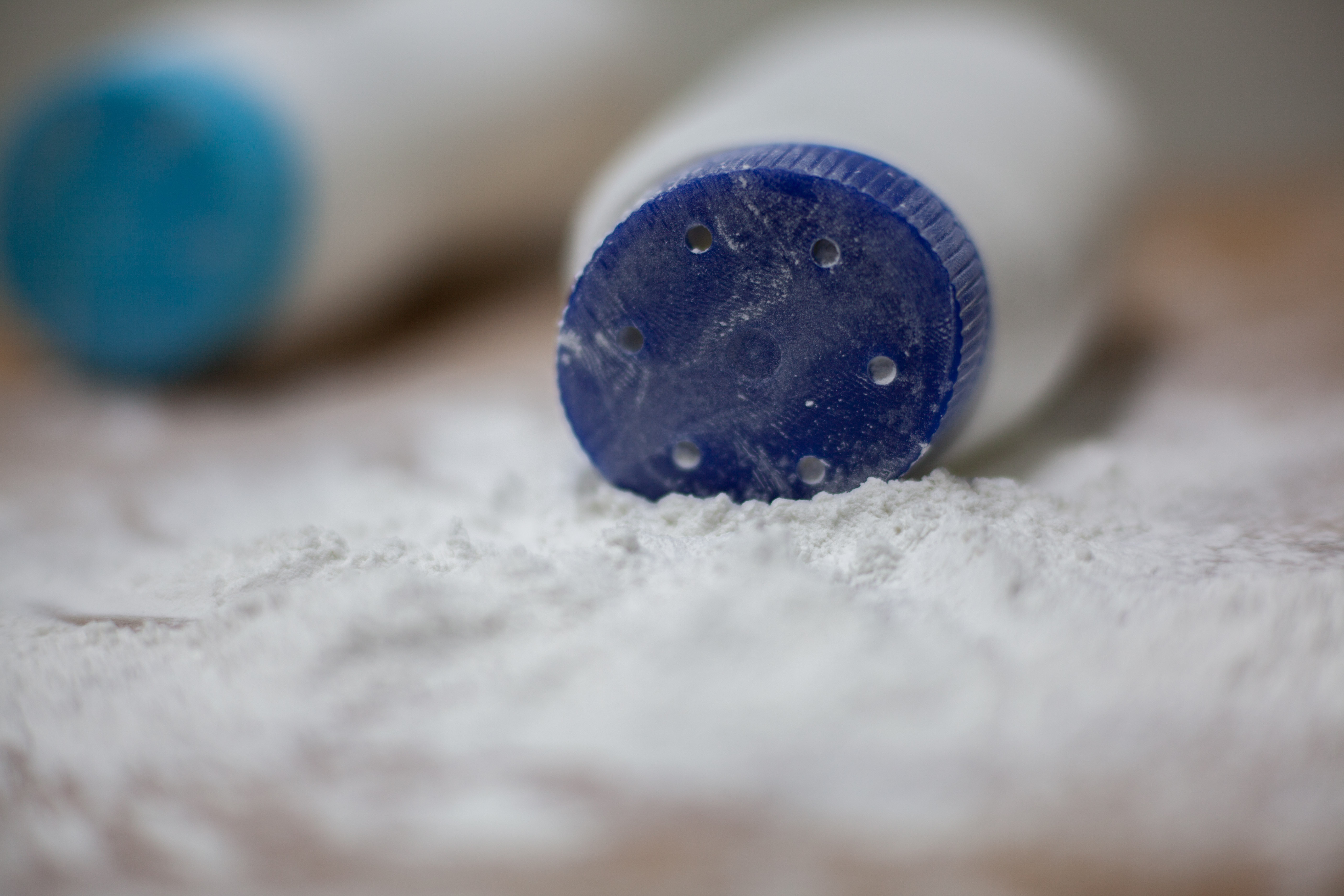talcum powder lawsuit Updates
FDA Withdraws Asbestos Testing Requirement for Talc-Based Cosmetics
On November 28, 2025, the FDA announced it is withdrawing a federal rule that would have required manufacturers to test personal care products for asbestos. As a result, companies producing talc-based cosmetics are no longer obligated to conduct asbestos testing. The agency stated it will pursue alternative measures to protect consumers from asbestos exposure in beauty products. Meanwhile, over 67,000 individuals have filed federal lawsuits against Johnson & Johnson, claiming they developed cancer after using the company’s talcum-based body powders.
Johnson & Johnson Faces Over 62,000 Lawsuits in Talcum Powder Litigation
As of November 2025, 62,229 lawsuits are pending against Johnson & Johnson within the federal multidistrict litigation. The plaintiffs allege that the company's talc-based body powders caused ovarian cancer and other diseases, and that J&J knew the products contained carcinogenic agents but failed to warn consumers or change the formulation. This extensive litigation has recently resulted in several substantial jury awards to plaintiffs and their families, underscoring the ongoing legal and financial repercussions for the company.
Johnson & Johnson Faces Over 62,000 Lawsuits in Talcum Powder Litigation
As of November 2025, 62,229 lawsuits are pending against Johnson & Johnson within the federal multidistrict litigation. The plaintiffs allege that the company's talc-based body powders caused ovarian cancer and other diseases, and that J&J knew the products contained carcinogenic agents but failed to warn consumers or change the formulation. This extensive litigation has recently resulted in several substantial jury awards to plaintiffs and their families, underscoring the ongoing legal and financial repercussions for the company.
UK Woman Joins Growing Talcum Powder Litigation Against Johnson & Johnson
A woman in the United Kingdom, Sue Rizzello, has filed a lawsuit against Johnson & Johnson after developing ovarian cancer in her forties. The plaintiff, who does not carry the genetic mutation typically associated with the disease, used the company's body powders for decades. She joins over 3,000 claimants in the UK alleging that asbestos in J&J's talc-based products caused their reproductive cancers. The company continues to face thousands of similar lawsuits in the United States.
About the Talcum Powder Lawsuit
The Talcum Powder Lawsuit began in 2009 when a woman claimed she developed ovarian cancer from using Johnson and Johnson's talcum powder. One lawsuit, in particular, was filed by 22 women in 2016, and two products were named: Shower to Shower and Johnson’s Baby Powder.
Thousands of talcum powder lawsuits have been filed to date, alleging that J&J was aware of harmful substances, such as asbestos fibers and other harmful carcinogens, in their products. According to the talcum powder lawsuits, the company continued making and marketing this dangerous product even though they knew it to be harmful.
Why Thousands Are Filing Talcum Powder Cancer Lawsuits
Thousands of talcum powder lawsuits have been filed to date, alleging that J&J was aware of harmful substances, such as asbestos fibers and other harmful carcinogens, in their products. According to the talcum powder lawsuits, the company continued making and marketing this dangerous product even though they knew it to be harmful.
Plaintiffs claim Johnson & Johnson failed to warn the public or notify government agencies. Evidence uncovered during litigation suggests the company may have known of asbestos contamination as early as the 1970s.
Major Jury Verdicts Against Johnson & Johnson
In June 2020, the Missouri Court of Appeals upheld a major jury ruling, finding Johnson & Johnson and Johnson & Johnson Consumer Companies Inc. responsible for multiple talcum claims and awarding large compensatory and punitive damages. Although these amounts were later reduced, it remains one of the largest talcum-related verdicts in history.
Many consumers allege developing ovarian cancer, mesothelioma, or primary peritoneal cancer after frequent talcum powder use. Product liability lawsuits have also expanded to include distributors and retailers such as Walmart, Target, and Walgreens. The FDA later found asbestos contamination while testing Johnson & Johnson talc-based baby powder.
Johnson & Johnson Switched Talc for Cornstarch
Johnson & Johnson has transitioned from talcum-based formulations to cornstarch-based products. Although the company denies wrongdoing and continues to claim talc is safe, thousands of cancer lawsuits and shifting consumer demand drove this major change.

How to Pre-Qualify for the Talcum Powder Lawsuit
You may be eligible to join the talcum powder lawsuit against Johnson and Johnson, if you have used talcum powder and developed the following cancer(s):
- Ovarian Cancer
- Primary Peritoneal Cancer
- Mesothelioma cancer
Please Note: You can also submit a lawsuit on behalf of a loved one who has suffered from cancer due to talcum powder usage.
Claimants must be able to provide their diagnosis to pre-qualify. They can use their medical diagnosis and other healthcare documents to prove their case. It’s important to note that many cancers and illnesses take years to be discovered, and they should speak with a medical professional if they have concerns after using talcum powder. A medical diagnosis is the only way to be sure.
How Much Compensation Should You Expect?
Determining a typical settlement amount in the Johnson & Johnson talcum powder lawsuit is complex due to the unique nature of each case. Factors such as the severity of the illness, the strength of the evidence, jury decisions, and the skill of the lawyers involved all influence the settlement amount.
Settlements can vary widely, with some being as low as $100,000 and others reaching into the millions. For example, in 2020, there were settlements of $100 million for 1,000 lawsuits and a significant $2.12 billion for 22 women. There's been a proposal for a massive $8.9 billion global settlement covering nearly 40,000 cases, highlighting the scale of these cases. However, average figures can be misleading. We encourage you to seek legal advice to determine your eligibility and to understand what damages you may be able to potentially receive. All cases are unique.

Add Comment